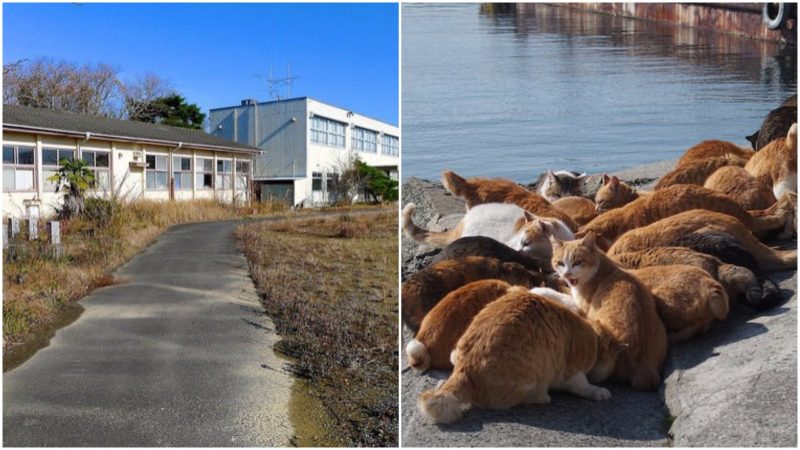Tashirojima is a small inhabited island in Ishinomaki, Miyagi, Japan. It lies in the Pacific Ocean off the Oshika Peninsula, to the west of Ajishima and now counts a population of only 100 people, most of whom are over the age of 65.
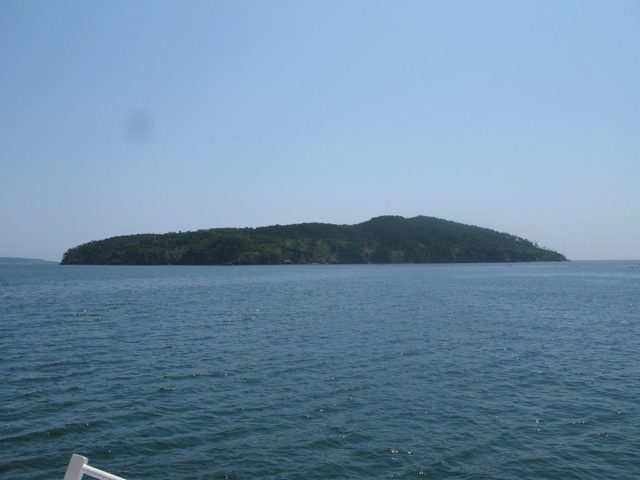
Only a short ride from Japan’s east coast, Tashirojima is also known as the “Cat Island” because it is literally a cat haven where the animals outnumber the human population by a factor of around 6 to 1.
With virtually no people in sight and cats running everywhere, this is definitely one of the weirdest almost-abandoned places someone could visit. And every year many tourists do, arriving on the island in flocks.
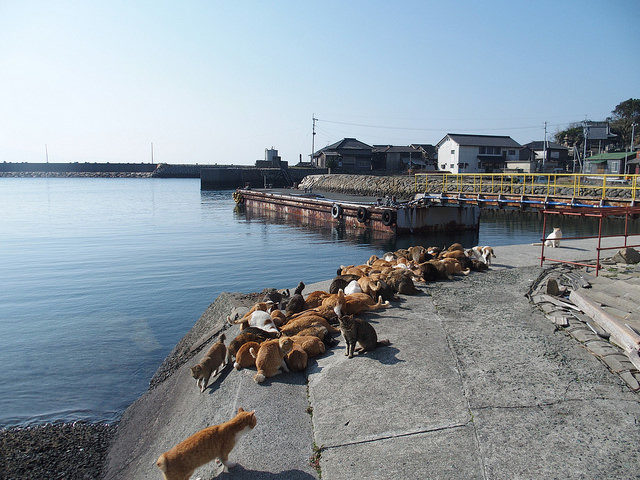
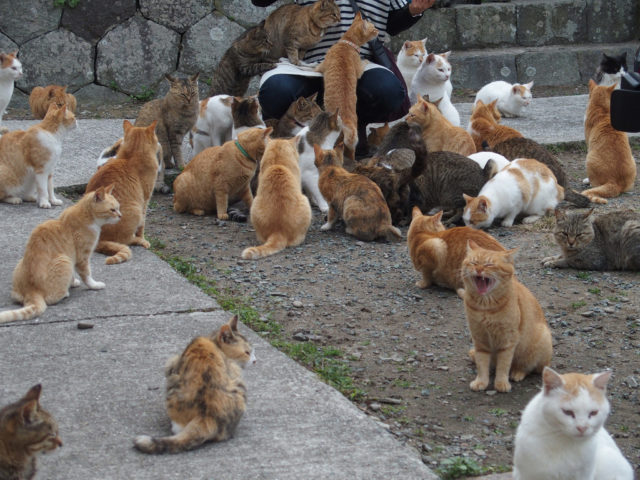
In the past, in Japan’s late Edo Period, much of the island was utilized for raising silkworms for textiles. Residents, in order to chase the mice away from their precious silkworms, started to breed and nurture cats, as they are known to be natural and notorious predators to rodents.
Then, due to the strong local belief that raising them will bring wealth and good fortune, they were left un-neutered, and as a result, the feline population rose significantly while humans migrated away and their population dwindled down from 1,000 in the 1950s to fewer than 100 today.
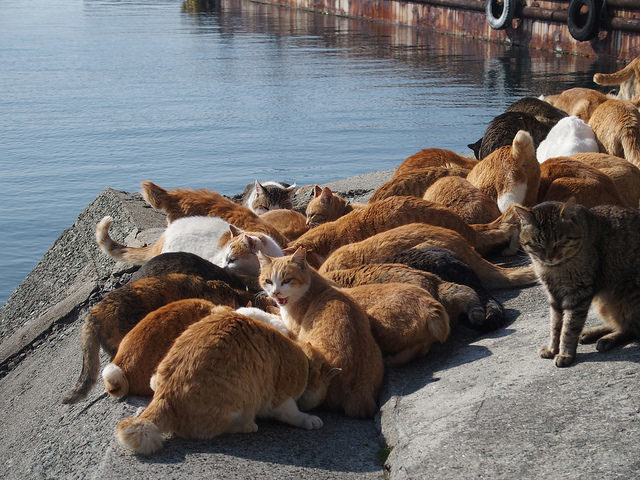
In 2011, the island reportedly suffered extensive damage in some areas when the Tōhoku tsunami hit the shores of Japan. Although the feline population appears to have survived relatively intact, younger people, at least those who still lived there, left the island.
As a consequence, with no youth and only elderly inhabitants, the island now is labeled terminal, and its two villages, Oodomari and Nitoda, are fighting for survival.

Tashirojima these days is not so much a place where humans live, as it is a place where they nurture or worship cats. It is a virtual safe haven for someone that comes and is willing to stay for a while. Shotaro Ishinomori is a famous and influential Japanese manga and anime artist who planned to move to the island; therefore, Tashirojima is now also referred to as the Manga Island.
There are manga-themed cat lodges and cat shrines all over the island as well as the newly built cat-shaped cabins where tourists can stay.

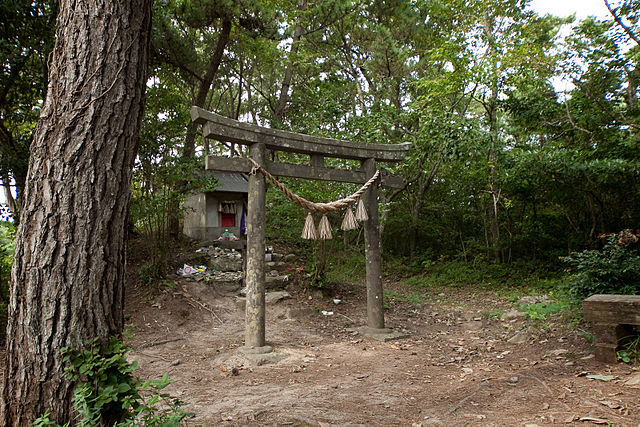
With 83% of the human population classified as elderly and 50% or more of them over 65 years of age, most of whom are involved either in fishing or hospitality, people that still reside on the island are just there in order to feed the cats or greet the visitors. It goes without saying that there are no dogs allowed.
